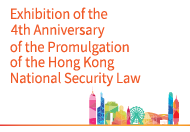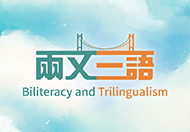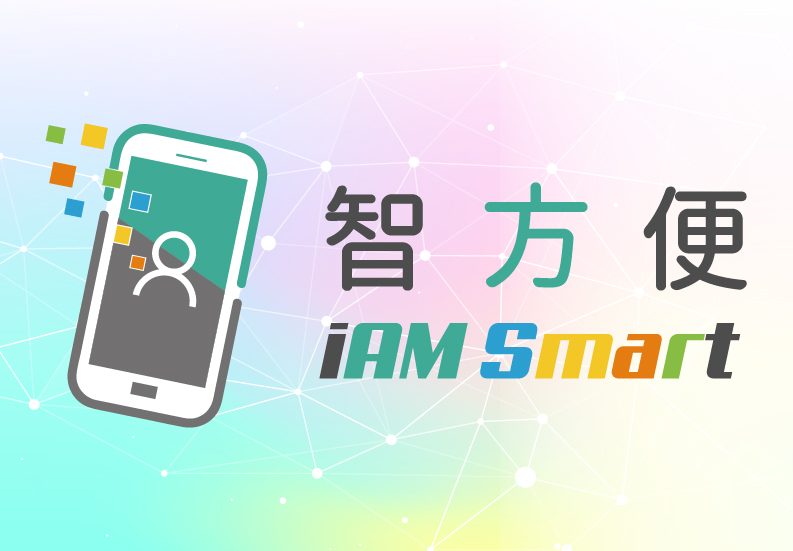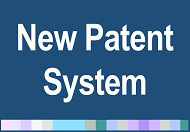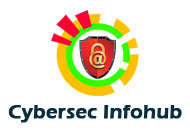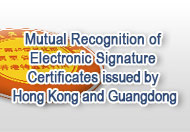Introduction
The Government is committed to providing the infrastructure to facilitate a digital economy. One of such infrastructures is the legal framework to support secure electronic transactions. The Electronic Transactions Ordinance (Cap. 553) ("ETO"), which was enacted in January 2000 , provides the legal framework for the recognition of electronic records and signatures, giving them the same legal status as their paper counterparts. It has also established a Voluntary Certification Authority Recognition Scheme for certification authorities to enhance public confidence in electronic transactions.
(Note: For transactions not involving Government entities, a signature requirement under the law can be met by any form of electronic signature so long as it is reliable, appropriate and agreed by the recipient of the signature. For transactions involving Government entities, a signature requirement under the law can be satisfied by digital signature.)
The key provisions of the ETO are as follows:
- Section 5 of the ETO provides that if a rule of law requires or permits information to be or given in writing, the use of electronic records satisfies the rule of law;
- Section 5A of the ETO provides that if a provision set out in Schedule 3 requires or permits a document to be served on a person, the service of document in the form of an electronic record satisfies the provision, regardless of the mode of service of a document. In case the provision requires or permits more than one copy of the document to be served on the person, service of a single copy of the document in such form would suffice; [Note: Amended provision in January 2024]
- Section 6(1) of the ETO provides that if a rule of law requires a signature of a person on a document and neither the person whose signature is required nor the person to whom the signature is to be given is or is acting on behalf of a government entity, an electronic signature satisfies the requirement;
- Section 6(1A) of the ETO provides that if a rule of law requires a signature of a person on a document and the person whose signature is required and/or the person to whom the signature is to be given is/are acting on behalf of a government entity/entities, a digital signature satisfies the requirement;
- Section 7 of the ETO provides that if a rule of law requires certain information to be presented or retained in its original form, that requirement is satisfied by presenting or retaining the information in the form of electronic records; and
- Section 8 of the ETO provides that if a rule of law requires certain information to be retained, that requirement is satisfied by retaining electronic records.







